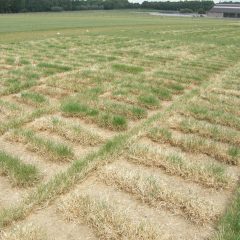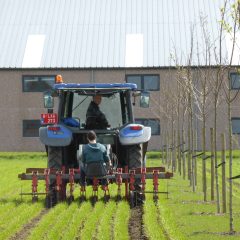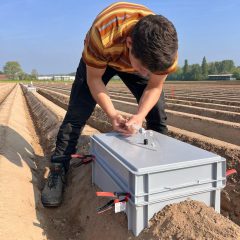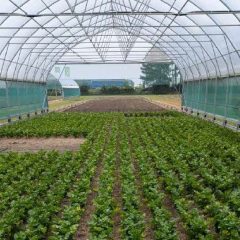Dossier Plant health
- Feed crops
- Industrial crops
- Cover crops
- Vegetables
- Oil crops
- Protein crops
- Ornamental crops
- Fruit
- Hop
- Herbs
- Plant breeding
- Propagation
- Biotechnology
- CRISPR
- Crop protection
- Integrated pest management
- Biological crop protection
A changing climate, loss of biodiversity due to human activities, and increased international trade mean that our crops are more threatened by diseases and pests than ever before. At ILVO, we not only investigate the crop and the disease in question, but also how diseases can be prevented. This includes looking at sustainable soil management, the selection of resistant varieties, and adapted cultivation practices.
Diagnosecentrum
What does ILVO do?
-
 ILVO performs a diagnosis based on a visual inspection (symptoms) as well as lab analyses.
ILVO performs a diagnosis based on a visual inspection (symptoms) as well as lab analyses. -
 ILVO uses specific techniques to detect bacteria, fungi, insects, mites, nematodes, and viruses.
ILVO uses specific techniques to detect bacteria, fungi, insects, mites, nematodes, and viruses. -
 Depending on the pest or disease, ILVO focuses on chemical or biological control, integrated pest management (IPM)
Depending on the pest or disease, ILVO focuses on chemical or biological control, integrated pest management (IPM)
ILVO plant health experts in the Diagnostic Centre for Plants
The ILVO plant health experts working in the accredited Diagnostic Centre for Plants focus every day on the detection and identification of plant pathogenic diseases and pests. This is necessary because healthy plants are essential for our food supply. The FAO estimates that up to 40% of the world’s food crops are lost due to diseases and pests.
Understanding pathogens and diagnosis
Effective disease and pest control, good advice for growers, and effective warning systems are all based on efficient and correct identification of pests and diseases. That is why ILVO uses innovative technology in addition to the traditional routinely applied methods. ILVO develops, optimizes, and implements numerous PCR-based detection techniques, marker technology, and various high-throughput sequencing strategies.
In a European context, ILVO participates in the ‘barcoding’ of regulated organisms, in particular those with quarantine status. For example, ILVO was involved in a project on integrated pest control of the allium leaf miner fly, a fairly recent pest that causes a lot of damage in conventional and organic leek cultivation. A molecular identification method was developed and a monitoring system was set up.
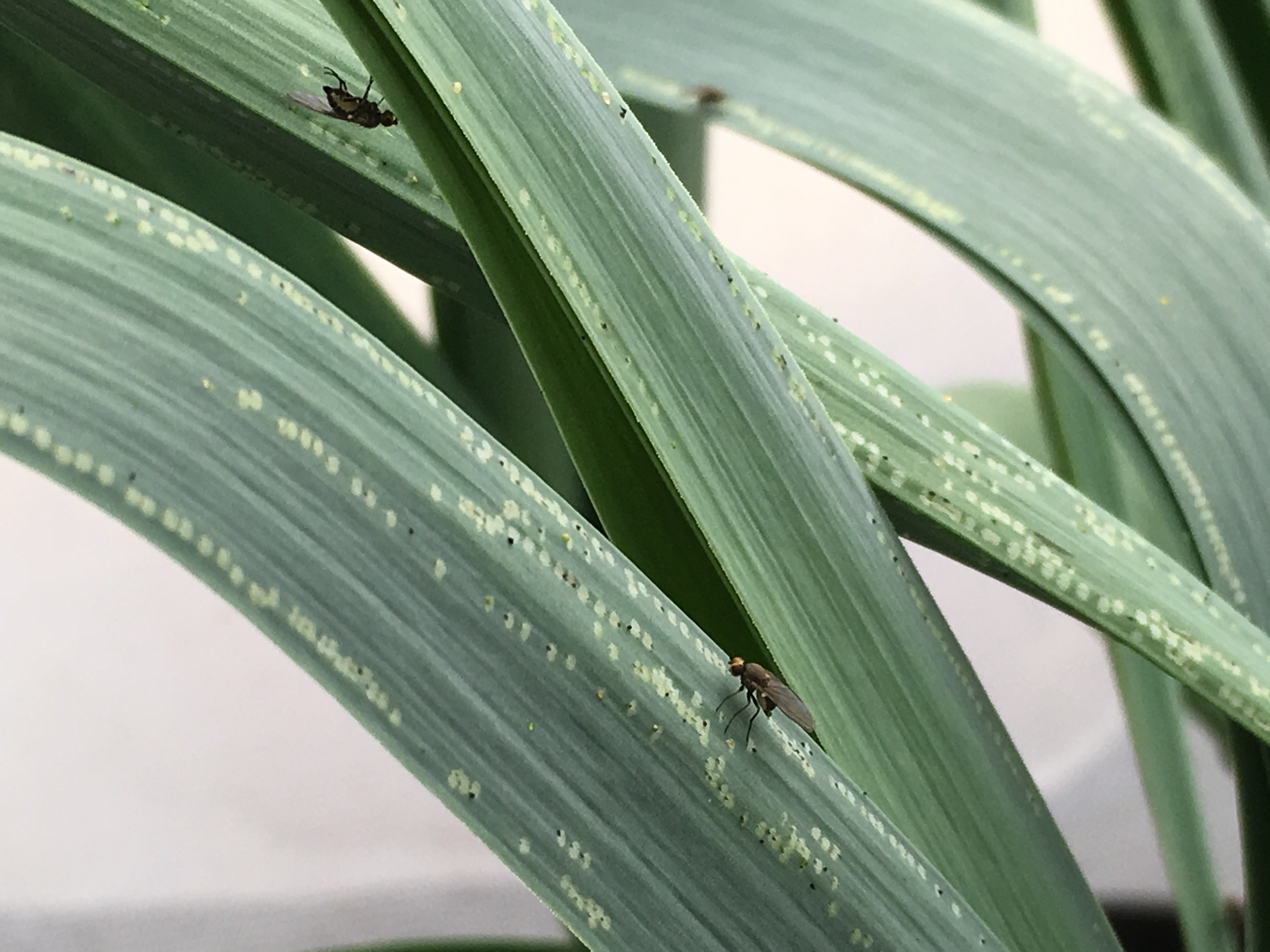
Control and prevention and link with the soil
In addition to proper diagnosis, knowledge of the pathogen and its epidemiology, knowledge of resistance in the plant is crucial. Mapping of microbial communities in the soil and around the roots of the plant is also important. It is clear that the soil microbiome - all of the microscopic soil life found around the roots of a plant (the "rhizosphere") - influences the health of that plant, for example by promoting its growth or suppressing disease symptoms. One example is how ILVO used metabarcoding to identify bacteria that can mitigate the effects of a fungal infection with Rhizoctonia solani in maize. In the next phase, researchers are trying to start "programming" the bacterial root community to reduce stress in corn and promote growth. Another important step forward toward farming with fewer crop protection products and fertilizer.
International Year of Plant Health
The United Nations proclaimed 2020 to be the International Year of Plant Health and extended it to mid-2021 because of the covid pandemic. This special attention is meant to raise public awareness of the importance of healthy plants to feed the world’s population, protect the environment, fighting poverty, and promoting economic development. ILVO supports this campaign under the motto, ‘We are plant physicians.’
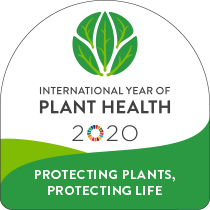
Contact an expert
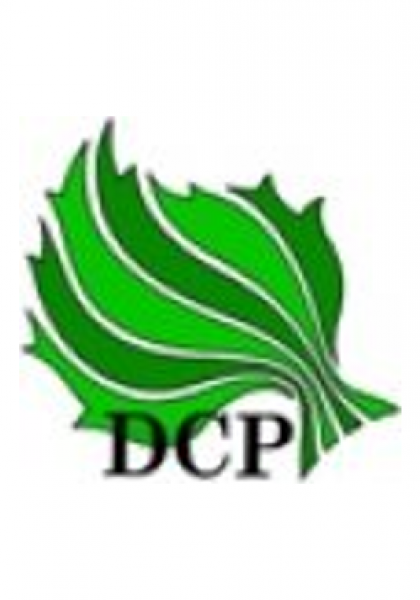
Research projects



